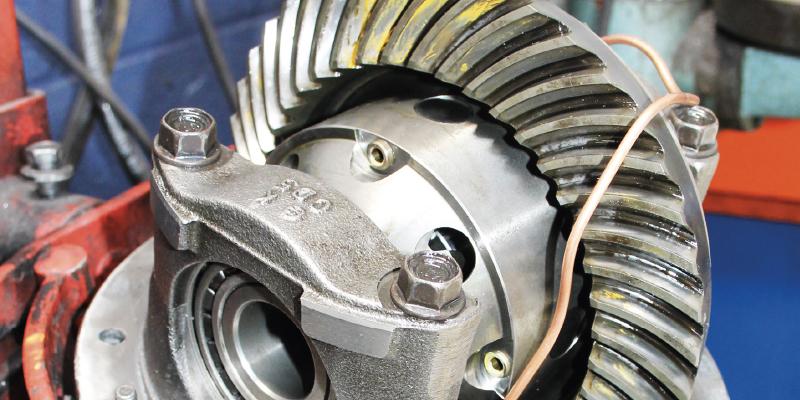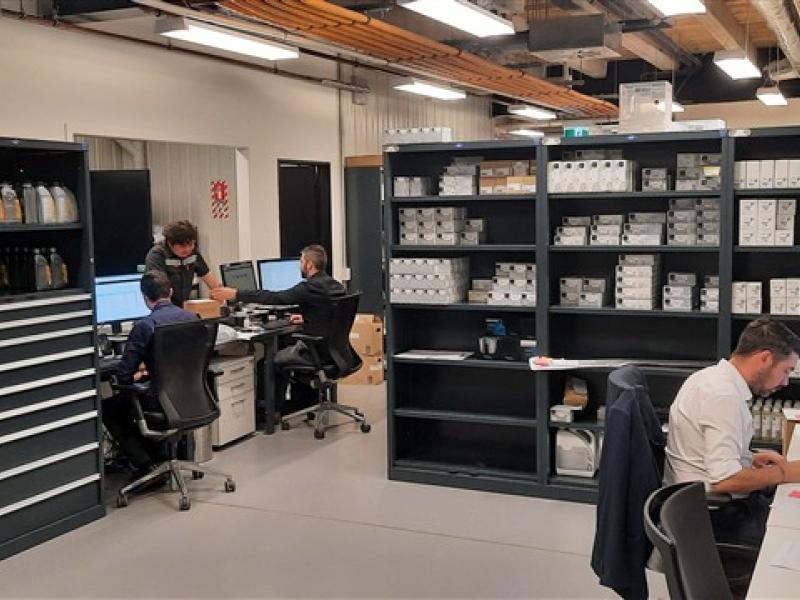It isn’t the easiest thing to break a modern 4WD vehicle. Oh sure, it CAN be done, but then you’d have to be some sort of monetary masochist to do it deliberately – 4WD’s are not cheap to fix!
Today’s 4WDs don’t typically go places where they would expect to come to grief, which is a far cry from the earlier days of rough n tumble “let’s take the ute flying through the forest” activities as made famous by the infamous Barry Crump and Scotty ads of the 80s.
Back then of course, the 4WDs – and particularly the utes – could be meddled with by all who owned them, frequently in the backyard, almost as part of a mechanical coming of age for many owners.
Why did we do it? Because we could, because it was fun and because we were able to go off the beaten track and heck, you could even get into some serious 4WD competitions with your mates.
And then suddenly, utes and 4WDs started to become more sophisticated and as they did, people who spent their days going to and from work started buying them as day-to-day drive vehicles.
Certainly, the vehicles were still capable of venturing out in the back and beyond, but as they became more sophisticated, they also became more expensive and more owners were reluctant to ‘go bush’, especially since their vehicles took over as daily drivers.
It would be a very understanding employer who would accept “broke the ute’s diff over the weekend, so I couldn’t come in today, Boss” as a Monday morning no show at work excuse.
According to off-road service specialists, broken diffs and other driveline component failures are, by and large, the commonest failures on utes or 4WD models beyond 2000.
This is likely due to “operator error” over genuine component failure on the part of any one brand, though some diffs are better than others. Accordingly, bringing your customer’s attention to the importance of differential maintenance and the diff’s fussyness when it comes to fluid maintenance.
If your customer uses their 4WD to frequently tow, drop boats in the tide or uses the vehicle in severe conditions, its worth reminding them to have the diff oil looked at more frequently. Advise them to be mindful of grinding or growling noises and/or leaks to minimise expensive damage.
The same applies to transfer case lubricants, which should be checked every oil change, and – since we’re on the subject – any permanent 4WD should have matching tyres, preferably brand, size and wear levels, as variances here can result in damage to the transfer case.
Another basic consideration for anyone with a 4WD is corrosion. 4WD’s which go off-road – be that beach, mud, gravel – are going to be much more susceptible to corrosion, so good cleaning after a drive is certainly going to help preserve the vehicle and in older vehicles especially, corrosion is going to be of significant concern, with a lot of service centres having little choice but to fail vehicles as a result.
There are elements of modern 4WD vehicles which the average user – much though he would like to – can’t necessarily look after himself, but which are prone to wear and tear and can cause major financial problems.
We are referring to injectors and pumps and on later model vehicles, the earliest clue that something bad is happening, is black smoke. Pay attention to this because injector and pump replacement is a very expensive operation.
With older models there is still a significant amount of work, tools and expertise involved in an injector replacement – it’s not something to undertake lightly even by an enthusiast. So, watch out for black smoke and, if the customer mentions a degradation in engine performance, well, this is a wear and tear issue.
Other areas which we have been advised are potential trouble spots, are filters, both oil and fuel filters. As an adjunct to this, modern 4WDs are a little precious when it comes to the quality of diesel. The filters are designed to do an effective job and they do, but the trade-off is in the quality of fuel used, something else you can easily advise your customers on. As to older vehicles and their filters, the biggest caution is to ensure the filters are moisture trapping ones. The older engines are not so persnickety when it comes to fuel quality, but they do – to coin a phrase – retain water; with all the grumpiness that implies.
Indeed, many 4WD owners may not be aware that their vehicle has a dual role fuel filter (cleaning fuel and separating water), an oil filter (which keeps the oil circulating through the engine clean without reducing lubrication potential) and an air filter (to keep dust out of the engine). Filter cleaning is often an overlooked consideration and dirty filters will seriously degrade an engine’s performance and are likely to be the answer to increased fuel consumption, along with clogged EGR manifolds, damaged EGR valves and other related components.
Of course, messing about with EGR systems is an area fraught with legal ramifications and – if its not there yet, it will likely be soon – there are methods being developed to ensure EGR systems have not been tampered with or bypassed, which will be available to testing stations.
Lastly, there is the group of usual suspects to look out for when it comes to things that go bang. These include mechanical misfits like ball joints and rear spring shackle bushes – both often overlooked items in routine maintenance checks. Don’t be caught out with these as they are kind of critical to the suspension set-up.
There are no doubt other things which can catch even an expert service provider, but when it comes to the masses not knowing what it is that went ‘bang’, some of the above might help you explain it to them and get them back off the road.






